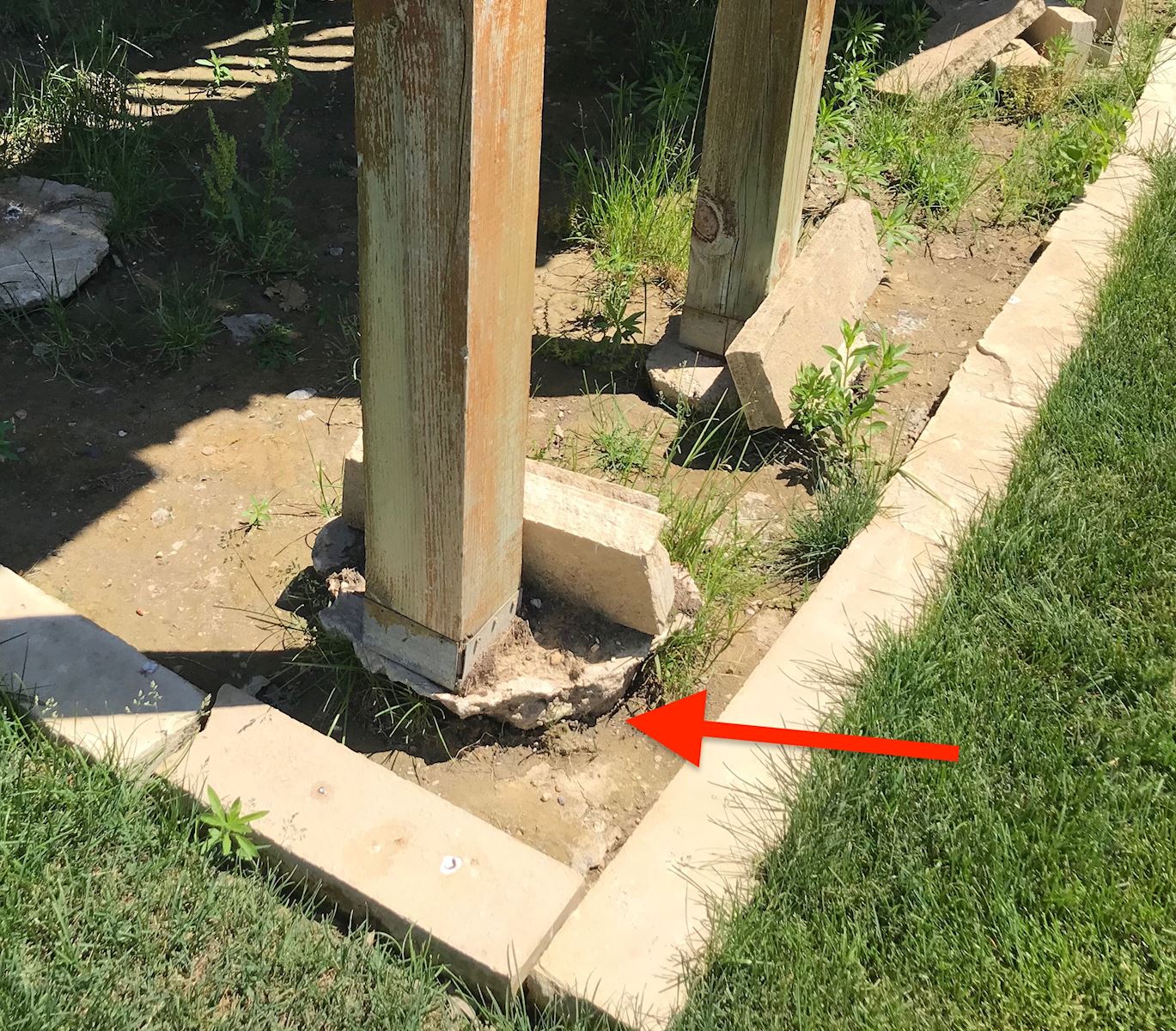All about Deck Footings
Table of ContentsDeck Footings Things To Know Before You BuyUnknown Facts About Deck FootingsDeck Footings Fundamentals ExplainedExamine This Report about Deck FootingsAll about Deck FootingsExamine This Report on Deck Footings
Ensuring that the deck does not rapidly rot, autumn, or pointer, and surprise in solid winds. You need one ground and/or assistance block for each angle of the deck.12 inches below ground is the suggested and also required depth of the footings for ground-level decks. Some platforms as well as free-standing decks can be supported by concrete obstructs rather than footings.Depending on the design of your deck, these could not be one of the most eye-catching option so you may intend to invest a little added on having them covered. However, perhaps you like the sturdy concrete appearance! The pier blocks were developed especially for drifting decks so they're a popular alternative.
Not commonly seen on an expert grade deck. If you have a great hammer, you can quickly set up these anchors in the ground without requiring to dig or invest any kind of even more cash on crushed rock.
The Best Strategy To Use For Deck Footings
Some, which might be of passion to you as well as your design style, can be repainted. You may wish to inspect the solidity of your ground area where you prepare to build your deck prior to going out and buying this option as it's essentially a gigantic spike that requires required down right into the ground.
This is definitely a more irreversible, lasting service that we here TNT are more vulnerable to make use of for the majority of our projects huge or little. This option doesn't require you to break the financial institution, yet it does call for a little sweat equity as we dig every one of our caissons to at the very least the 30" frost mark for North Colorado.
Below at TNT Residence Improvements, we've obtained the big-boy devices like huge two-man augers that can make the job of punching 10+ openings in your lawn fly by in just an hour or 2. On every exterior deck we build, we make use of pressure-treated lumber for the framework of the framework.
Facts About Deck Footings Uncovered
I'm having a builder placed a connected deck on my house. To save cash on the job, I'll be digging the holes for the - Deck Footings. On television and in publications, I've discovered what seems to be a transition toward making use of a bell-shaped attachment at the base of each pier when developing a deck or various other comparable job.
Spread-base grounds also might be required if your dirt is unstable. requirements for soil-bearing capacity are conventional, so there's no terrific advantage to making use of footings bigger than what you need (Deck Footings). I agree with you that there's no factor in digging a lot more than you have to, particularly if you're doing it by hand.
When the ground form is filled up partway with concrete, the bag increases to fill up all-time low of the hole without going up the beyond the form. If you do utilize a spread-base kind, it's worth thinking about the size of the footing tube you give quality. Deck Footings. Oftentimes, a 6-in.
Deck Footings - An Overview
If you are simply a little off with the area of news a 6-in. For the small quantity of added concrete, a 10-in.
Something failed. Wait a moment as well as try again Try again.
Not just is including a deck to your house great for enjoying, yet it'll do marvels for your residence's value. Selecting the site and the dimension, as well as what you are going to utilize it for, are all things that you need to take into consideration when thinking of the addition.
A Biased View of Deck Footings
For those that don't recognize what footings are, they are a vital element during deck building and construction since they provide the structure that will sustain your deck. Large decks that are connected to your house needs to always have grounds because they act to spread out the hefty tons of the deck from the surface area of a support blog post over a large surface area of the dirt so the ground can effectively support it.

As pointed out in the past, it's constantly a wonderful idea to have your large decks supported by grounds so that it does not obtain damaged after you invested a great deal of cash developing it. This guideline only really uses to huge decks due to the fact that smaller sized decks that are a few inches off of the ground can sit firmly on concrete blocks, which need to be enhanced with some rebar.
What Does Deck Footings Mean?

You learn this here now can either use little concrete blocks as well as planks, or you can utilize a post More hints that establishes into a pre-formed opening. Now that we know that footings aren't necessary when developing smaller sized decks close to the ground, it's necessary to comprehend what you can make use of in place of footers that will certainly conserve you time and initiative.
Rather of using grounds, including a level of gravel will certainly offer you the water drainage element you are looking for. You can then include a structure of wood that anchors in concrete obstructs that rest in the gravel, producing your brand-new deck (Deck Footings). Cinder blocks will not rot, making them an optimal alternative for those that don't want to utilize timber.
By doing this, you're mosting likely to desire to install sleepers, which are pieces of pressure-treated lumber, into the concrete so the deck has something to affix to. You can likewise integrate this approach with the crushed rock one, where the timber sleepers are laid on the crushed rock (must have a layer of sand below it) which will supply additional water drainage.